Researchers propose a new way of understanding how diseases spread between animals and humans, by focusing on the effect that agriculture, ecological and sociopolitical factors have on disease emergence and transmission.
Tag: Disease Transmission
Chemical cocktail in skin summons disease-spreading mosquitoes
Mosquitoes that spread Zika, dengue and yellow fever are guided toward their victims by a scent from human skin. The exact composition of that scent has not been identified until now.
Symptomatic COVID patients are more contagious
Individuals with COVID-19 are most likely to spread the virus to close contacts two days before the onset of symptoms to three days after symptoms appear, and the risk of transmission is highest when patients had mild or moderate disease severity, according to a new study by researchers at the University of Georgia.
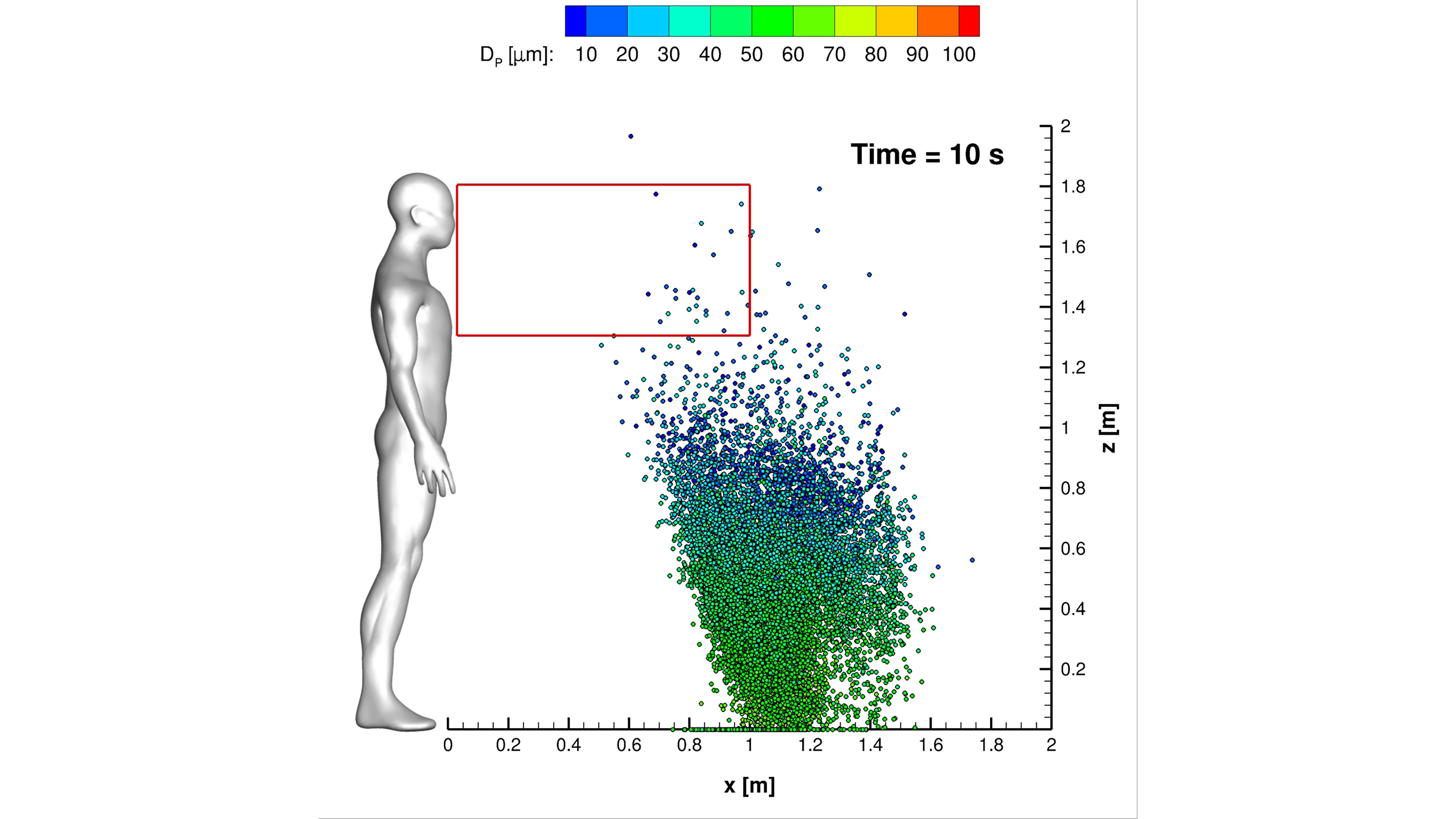
Irradiating COVID-19 Cough Droplets with UV-C Lamps
The extreme confusion at the beginning of the pandemic inspired Marche Polytechnic University researchers, who happen to be intrigued by saliva droplet diffusion, to search for answers and ways to help. In Physics of Fluids, they describe using a supercomputer to do numerical modeling of cough droplets irradiated by UV-C light. They also report exploring the social distances required to prevent virus transmission.
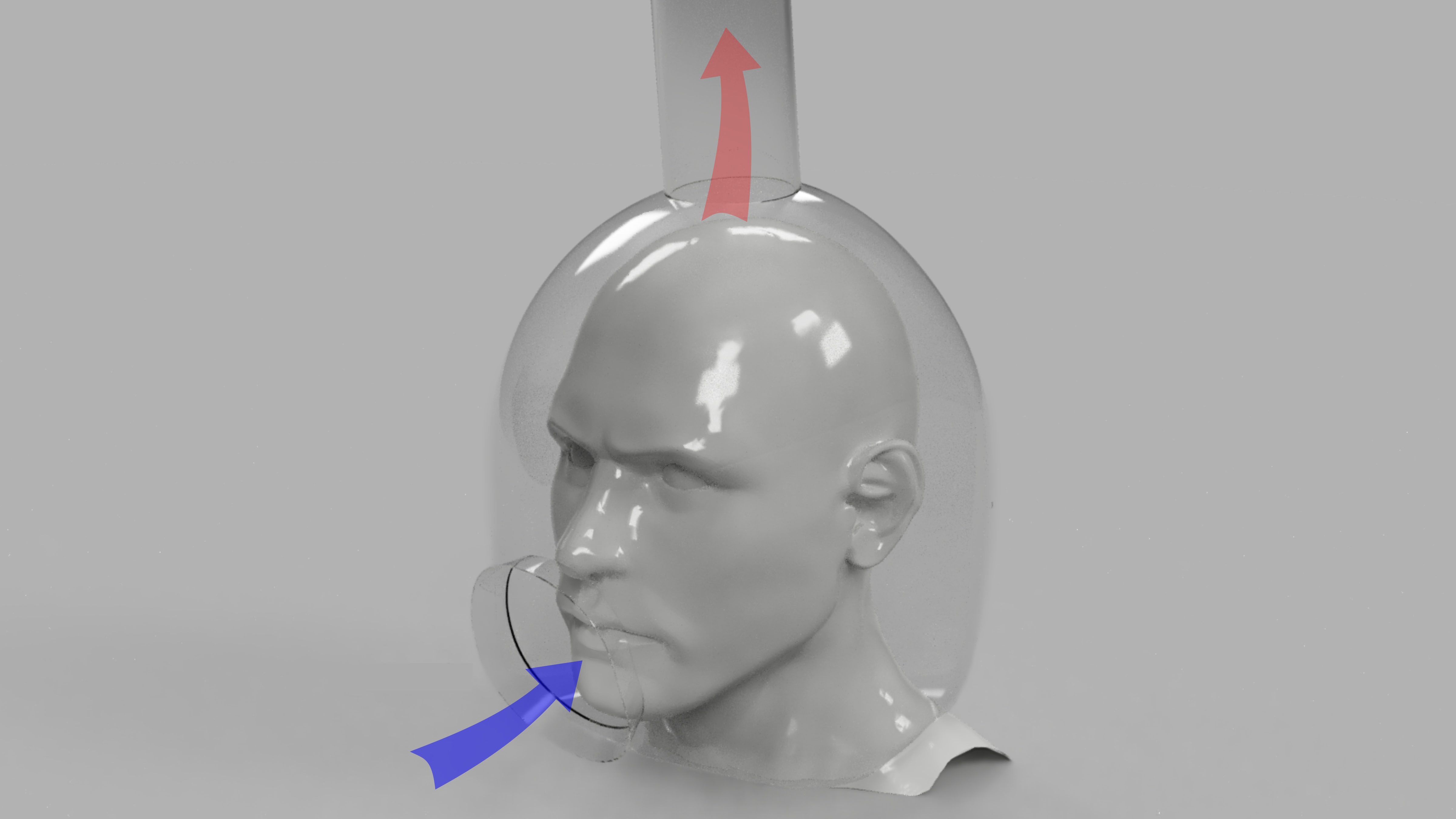
Disposable Helmet Retains Cough Droplets, Minimizes Transmission to Dentists, Otolaryngologists
Dentists and otolaryngologists are at particular risk of infection of COVID-19, since they need direct access to the mouth, nose, and throat of patients. The current solutions are expensive, not highly effective, and not very accessible. In Physics of Fluids, researchers discuss their design of an open-faced helmet for patient use that is connected to a medical-grade air filtration pump from the top that creates a reverse flow of air to prevent cough droplets from exiting the helmet.
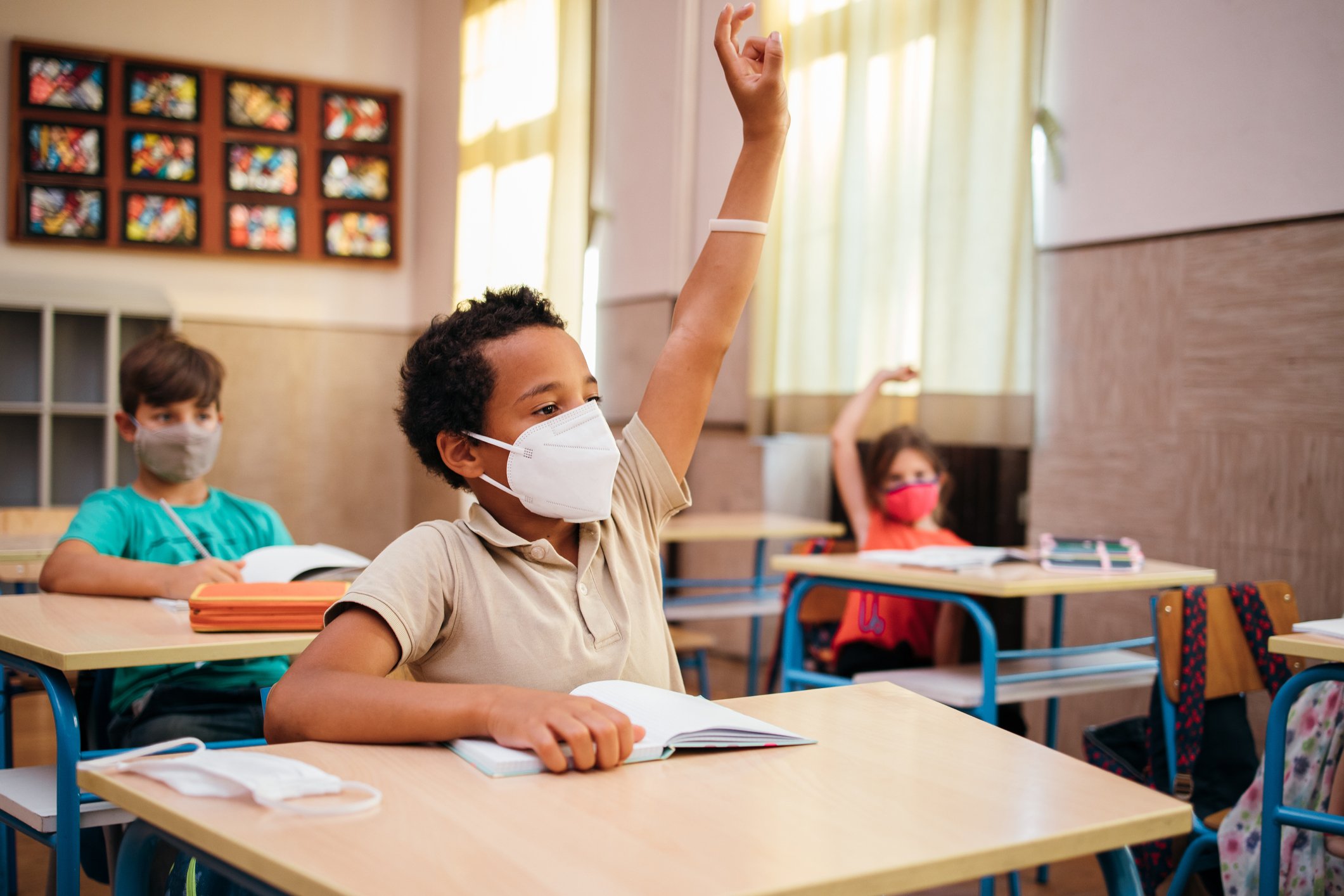
SARS-CoV-2 Transmission Model Offers Decision-Making Pathways for Safe School Opening
Can schools safely remain open or reopen during periods of significant community spread of COVID-19? According to predictions from a model of SARS-CoV-2 transmission in the school setting, yes – if appropriate precautions are followed both in school and in the community.
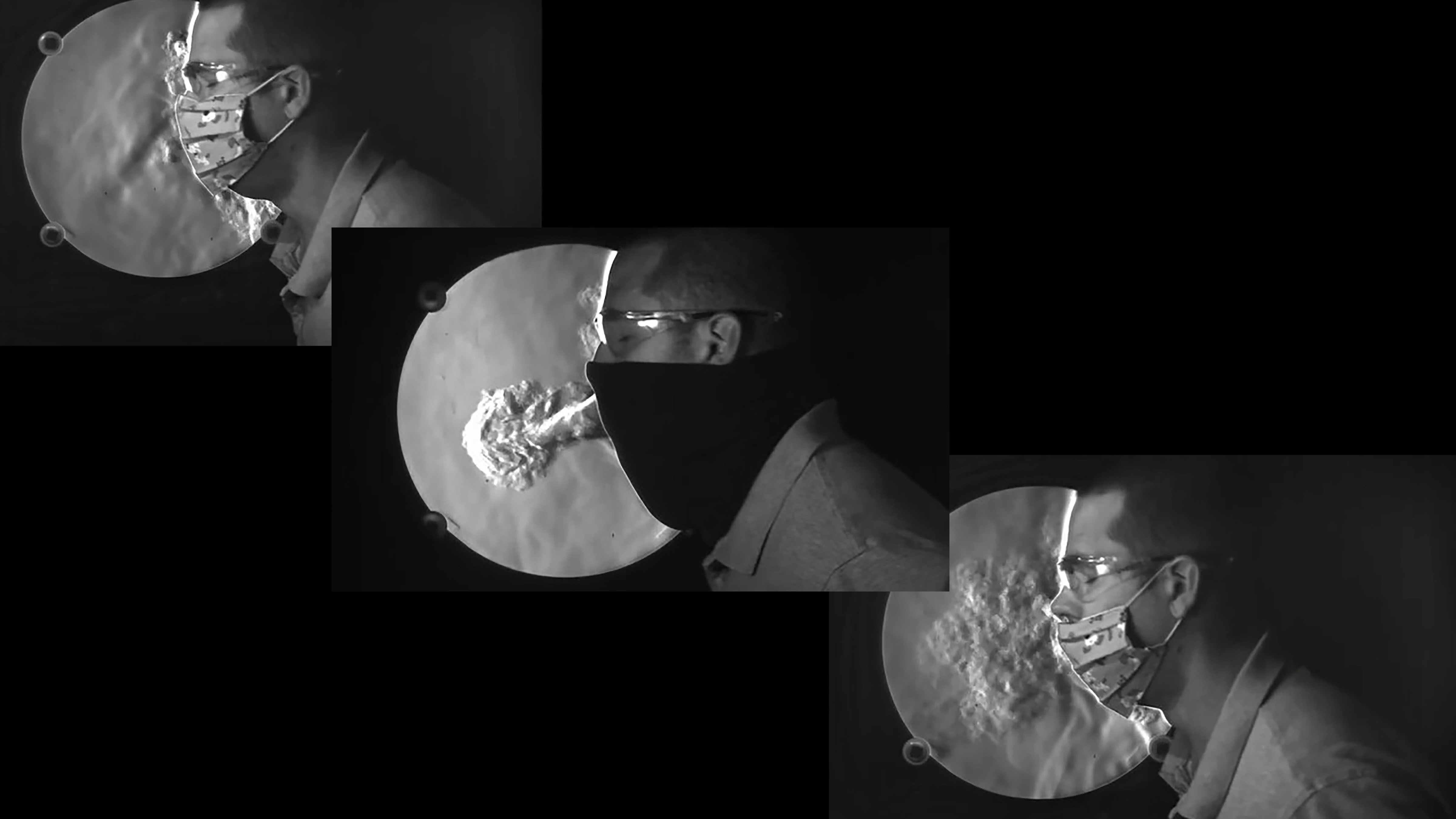
Valves on N95 Masks Do Not Filter Exhaled Droplets
Matthew Staymates, fluid dynamicist at the National Institute of Standards and Technology, is studying different mask types to determine which are the most effective at reducing disease transmission. In Physics of Fluids, he describes exploring the basic flow dynamics of N95 masks with or without exhalation valves. To do this, he generates stunning video from his schlieren imaging, a method to visualize the fluid flow away from the surface of an object, and light scattering.
For vampire bats, social distancing while sick comes naturally
New research shows that when vampire bats feel sick, they socially distance themselves from groupmates in their roost – no public health guidance required.
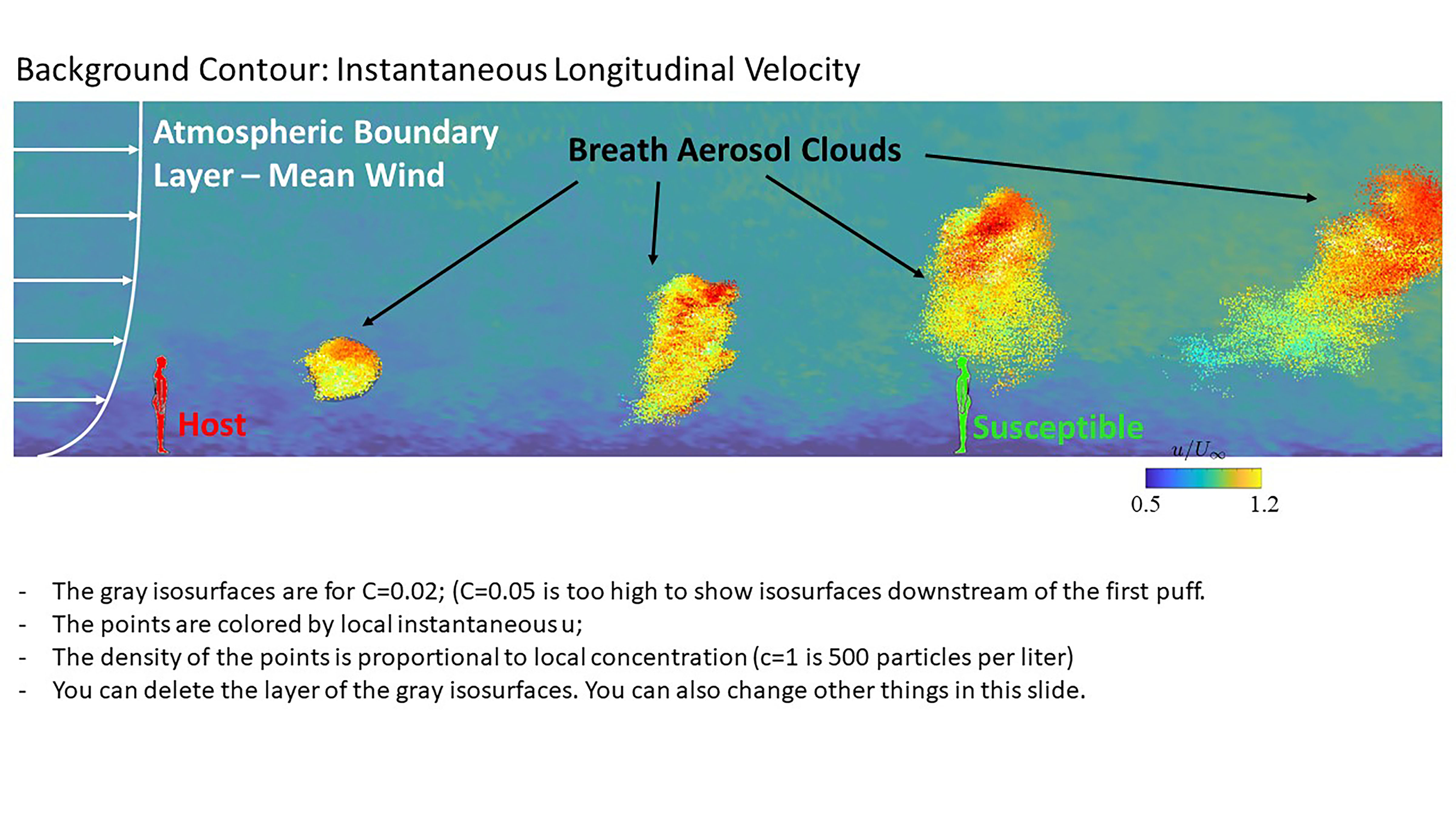
Estimating Risk of Airborne COVID-19 with Mask Usage, Social Distancing
In Physics of Fluids, researchers used a model to understand airborne transmission that is designed to be accessible to a wide range of people, including nonscientists. Employing concepts of fluid dynamics and factors in airborne transmission, they propose the Contagion Airborne Transmission inequality model. While not all factors may be known, it can still be used to assess relative risks. The researchers determined protection from transmission increases with physical distancing in an approximately linear proportion.
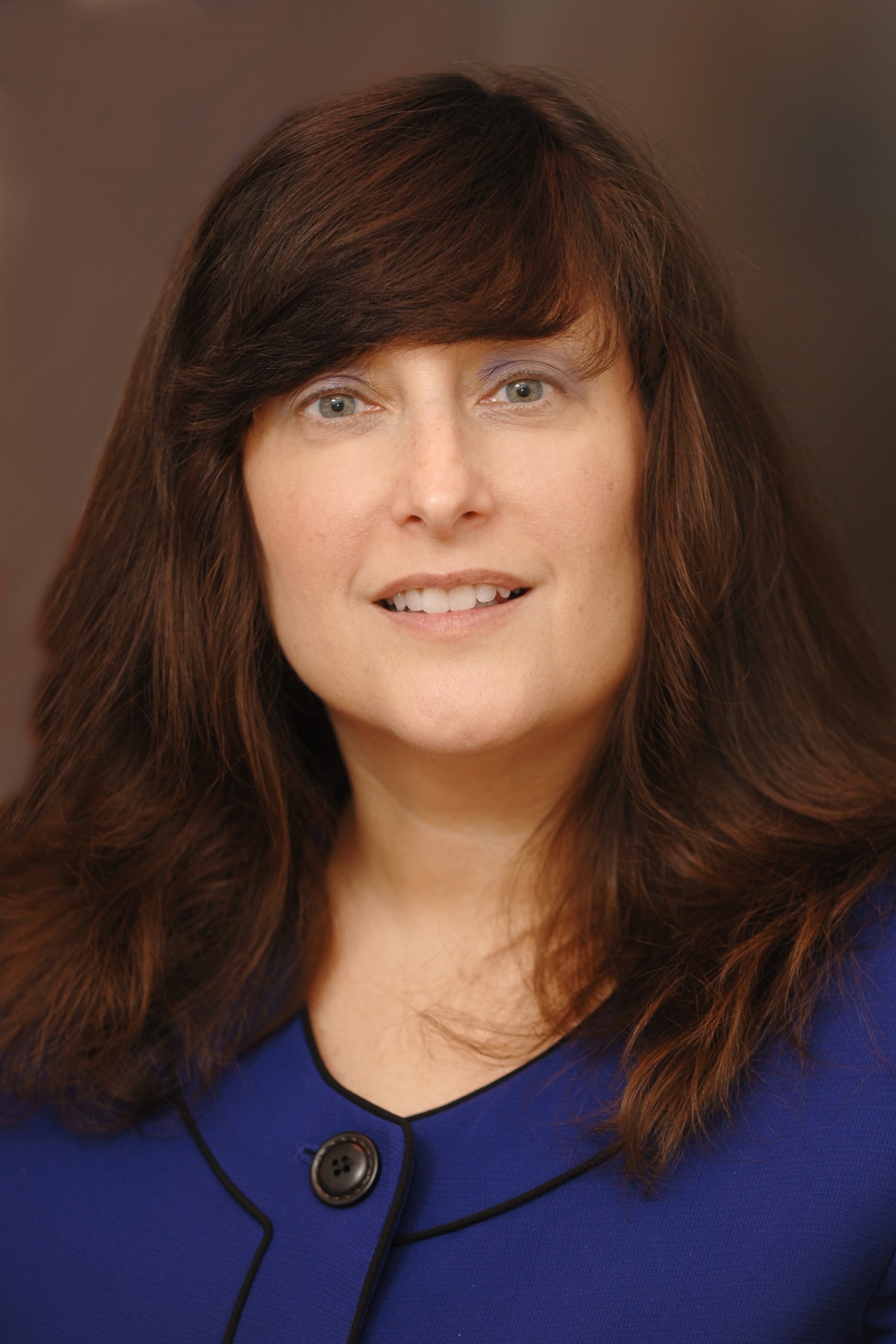
Back to School?
Dr. Terry Adirim provides answers to some of the most frequently asked questions regarding COVID-19 and return to school for school-age children. Adirim is a physician executive with senior leadership and executive experience in academic medicine and the federal government. Her expertise includes pandemic planning and response, health care quality improvement and patient safety, and health policy and management.
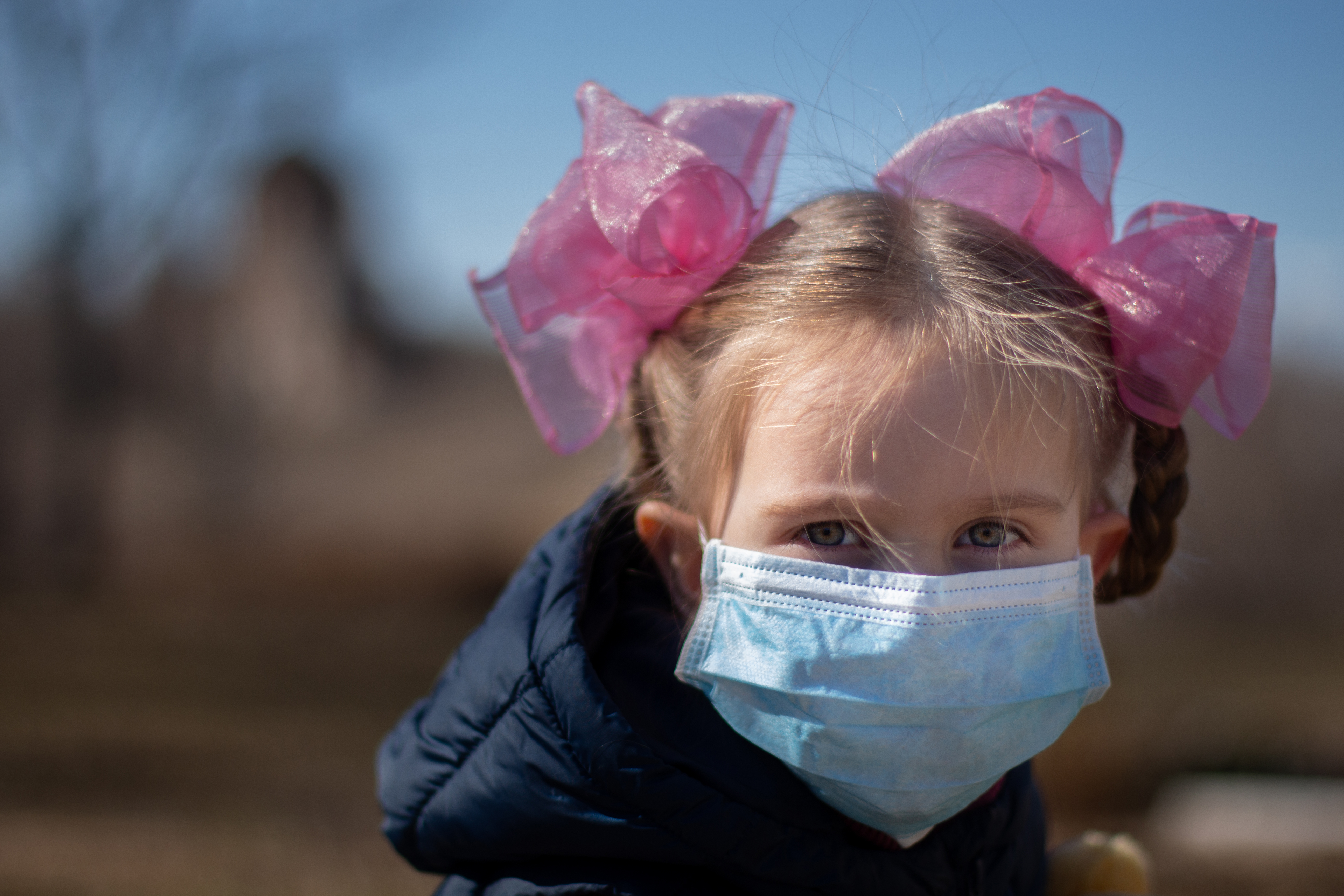
Commentary in Pediatrics: Children Don’t Transmit Covid-19, Schools Should Reopen in Fall
Based on one new and three recent studies, the authors of this commentary in Pediatrics conclude that children rarely transmit Covid-19, either among themselves or to adults. The authors recommend that schools reopen in the fall, since staying home can adversely affects children’s development.

Seeing is Believing: Effectiveness of Facemasks
Using flow visualization of emulated coughs and sneezes, researchers assessed the efficacy of facemasks in obstructing droplets. Loosely folded facemasks and bandana-style coverings provide minimal stopping-capability for the smallest aerosolized respiratory droplets. Well-fitted homemade masks with multiple layers of quilting fabric, and off-the-shelf cone style masks, proved to be the most effective in reducing droplet dispersal. Importantly, uncovered coughs were able to travel noticeably farther than the currently recommended 6-foot distancing guideline. Without a mask, droplets traveled more than 8 feet.
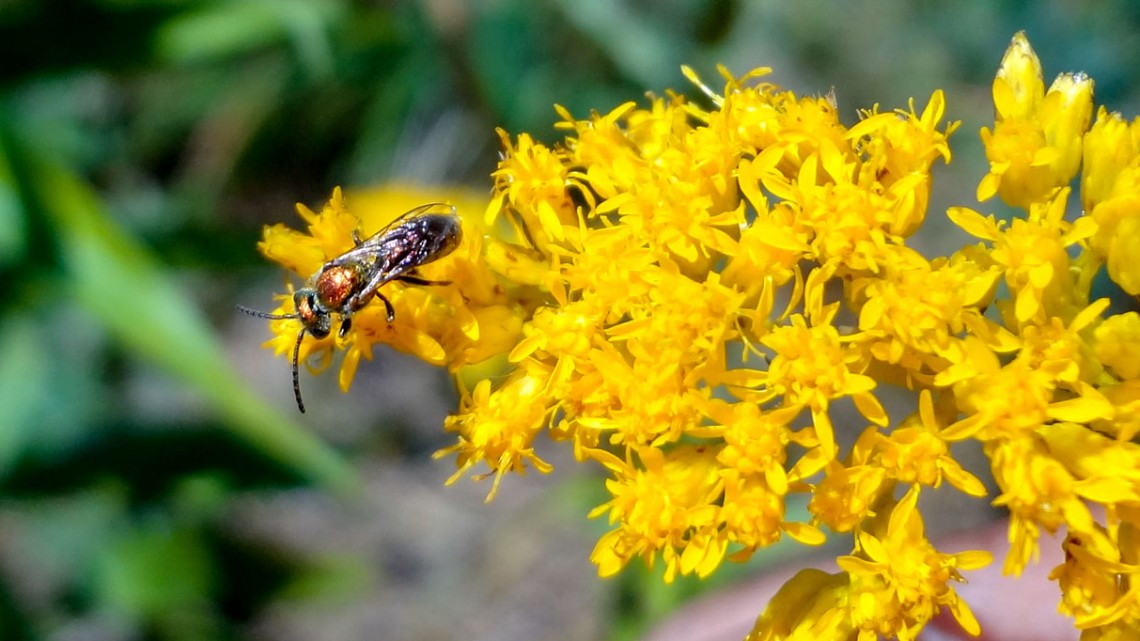
Cornell research traces how farmlands affect bee disease spread
A new Cornell University study on bees, plants and landscapes in upstate New York sheds light on how bee pathogens spread, offering possible clues for what farmers could do to improve bee health.
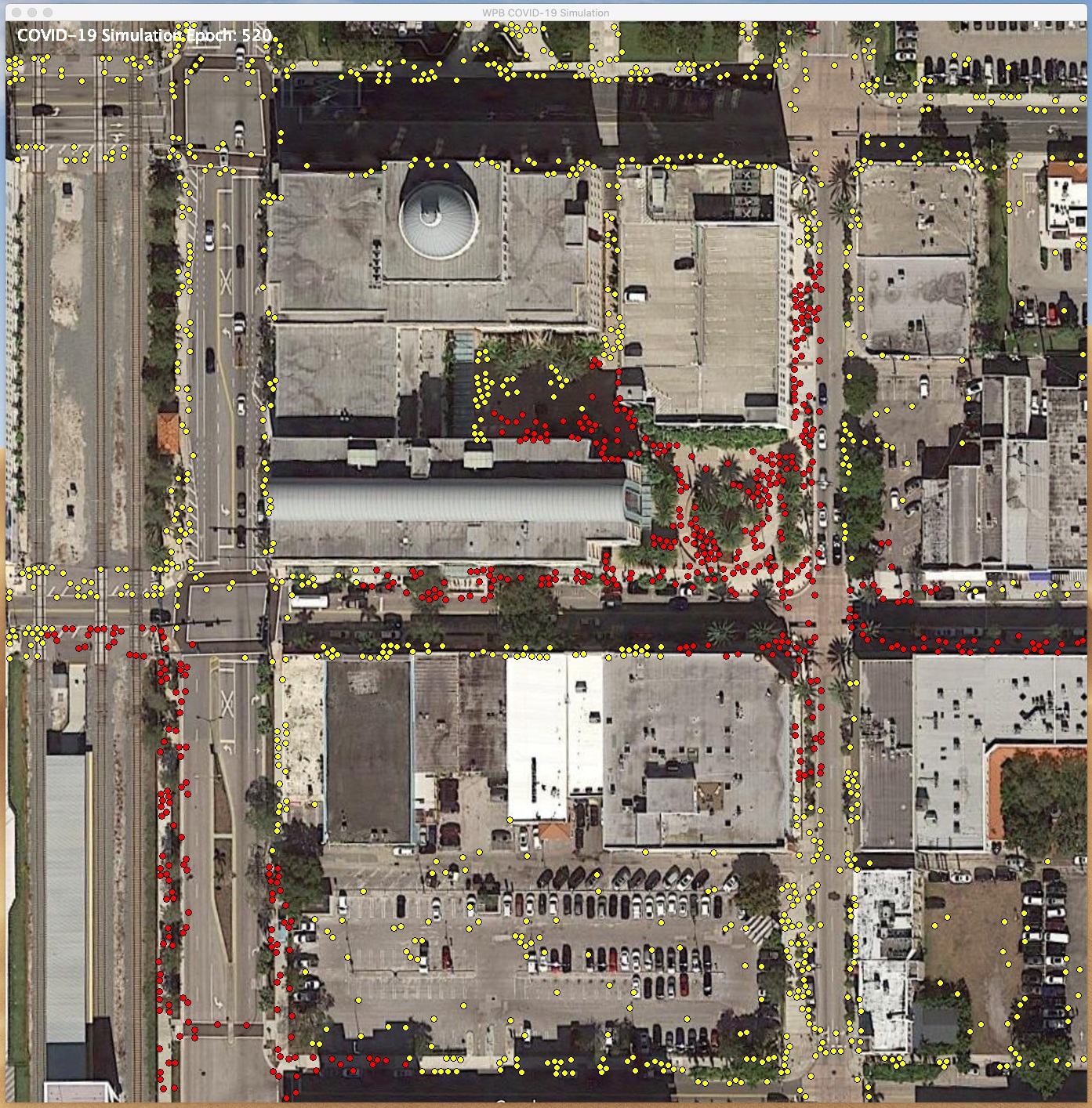
FAU Smart City Project Paves the Way for Forecasting COVID-19 Infection Transmission
Researchers are exploring the untapped potential of emerging smart cities to enable hyper-contextualized computational epidemiology to tackle COVID-19. The idea is to partner with the computational epidemiology community to integrate evidence-based models of COVID-19 transmission with hyper-local mobility data to provide place-specific forecasts of disease transmission. When these tools are integrated into city planning efforts, they will provide real-time insights into how mobility changes within the city affect the local population’s susceptibility to future outbreaks.
Evidence Suggests COVID-19 Isn’t Sexually Transmitted
COVID-19 is unlikely to be spread through semen, according to University of Utah Health scientists who participated in an international study of Chinese men who recently had the disease. The researchers found no evidence of the virus that causes COVID-19 in the semen or testes of the men.
Illness won’t stop vampire bat moms from caring for their offspring
A study of social interactions among vampire bats that felt sick suggests family comes first when illness strikes – and may help explain which social interactions are most likely to contribute to disease transmission.
‘Are Noncommunicable Diseases Communicable?’ Rutgers Experts Available to Discuss Paper in Science Today
New Brunswick, N.J. (Jan. 16, 2020) – Rutgers professors Maria Gloria Dominguez-Bello and Martin J. Blaser are available to discuss a paper in the journal Science today on whether diseases long thought to be noncommunicable – such as cardiovascular diseases, cancer…